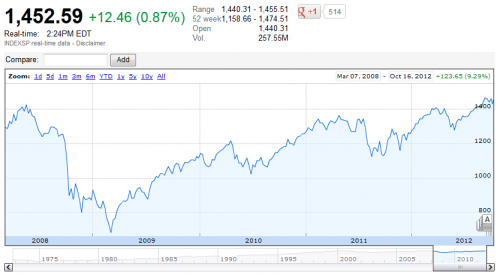Helmerich & Payne, Inc. ($HP) Possible Buy to $65 Confident Investor Rating: Good

| Company name | Helmerich & Payne, Inc. |
| Stock ticker | HP |
| Live stock price | [stckqut]HP[/stckqut] |
| P/E compared to competitors | Good |
MANAGEMENT EXECUTION
| Employee productivity | Poor |
| Sales growth | Good |
| EPS growth | Good |
| P/E growth | Fair |
| EBIT growth | Good |
ANALYSIS
| Confident Investor Rating | Good |
| Target stock price (TWCA growth scenario) | $79.26 |
| Target stock price (averages with growth) | $120.12 |
| Target stock price (averages with no growth) | $112.69 |
| Target stock price (manual assumptions) | $62.44 |
The following company description is from Google Finance: http://www.google.com/finance?q=hp
Helmerich & Payne, Inc. is primarily engaged in contract drilling of oil and gases wells for others. The Company’s contract drilling business consists of three segments: U.S. Land drilling, Offshore drilling and International Land drilling. . Its United States land drilling is conducted primarily in Oklahoma, California, Texas, Wyoming, Colorado, Louisiana, Mississippi, Pennsylvania, Utah, Arkansas, New Mexico, Alabama, Montana, North Dakota and West Virginia. Offshore drilling operations are conducted in the Gulf of Mexico, and offshore of California, Trinidad and Equatorial Guinea. The Company’s International Land segment operated in six international locations during the fiscal year ended September 30, 2011 (the fiscal 2011), which included Ecuador, Colombia, Argentina, Mexico, Tunisia and Bahrain. The Company is also engaged in the ownership, development and operation of commercial real estate and the research and development of rotary steerable technology.
Confident Investor comments: At this price and at this time, I think that a Confident Investor can confidently invest in this stock.

